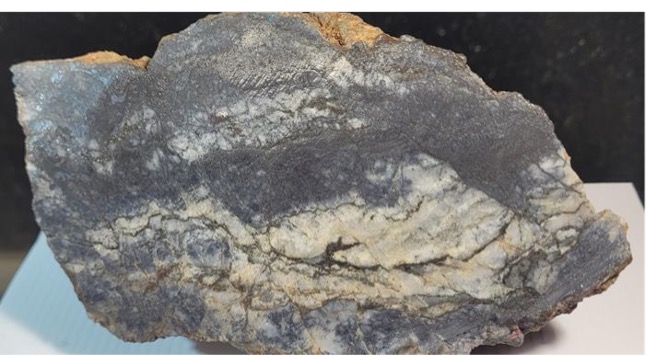Siren Gold Limited (ASX: SNG) continues to identify similarities between its Reefton Project exploration sites in New Zealand and Fosterville in the Victorian Goldfields of Australia.
The Reefton Goldfield has been correlated to the Lachlan Fold Belt that contains the Victorian Goldfields. Gold mineralisation in Victoria is associated with two main events at ~445Ma and ~380-370Ma.
The ~445Ma event is thought to have involved crustal thickening and the circulation of metamorphic fluids through the crust and formed gold deposits at Bendigo, Castlemaine, Maldon and Daylesford.
The ~380-370Ma event is restricted largely to the Melbourne and eastern Bendigo Zones and is responsible for the emplacement of gold at the Fosterville Goldfield4.
There are two distinctive sub-types of orogenic gold mineralisation in Victoria. The deeper (6-12kms) mesothermal deposits that formed almost all the significant gold deposits in the Bendigo and Stawell zones and the shallower (<6km) epizonal gold deposits in the Melbourne zone and eastern Bendigo zone, including Fosterville.
The latter gold mineralising event in Victoria is characterised by arsenopyrite / pyrite hosted refractory gold and stibnite associated gold, which are indicative of shallower emplacement depth.
Gold mineralisation at Reefton also occurred in two distinct events, with the first stage comprising gold mineralised quartz veins and a second characterised by quartz, stibnite, arsenopyrite, pyrite and gold. Stibnite was found in many of the quartz lodes at Reefton, locally making up 10–30% of some veins.
Stibnite was reported from mines at Blackwater, Globe Progress, Crushington, Capleston– Specimen Hill, Big River, Ajax, Murray Creek, Blacks Point– Painkiller, Merrijigs and Alexander River.
At Big River a stockpile of stibnite ore was left at the historic battery as stibnite caused some metallurgical issues during the gold recovery process. A sample was assayed several times and returned assays ranging from of 62.8 to 82.3g/t Au and 20.5% stibnite.
At Fosterville the gold associated with disseminated acicular arsenopyrite is thought to be an earlier event that was later overprinted by gold-stibnite mineralisation. The gold hosted arsenopyrite is pervasive throughout the deposit but a narrow window of vein hosted gold-stibnite mineralisation exists from ~800m to 1,350m depth, below which there is vein hosted gold mineralisation only. The two gold mineralisation events are thought to have occurred around 430 and 370 million years (Ma) ago ~60Ma apart.
The acicular arsenopyrite mineralisation at Alexander River looks very similar to the Fosterville mineralisation and probably represent that same initial gold mineralisation event. The visible gold at Alexander River is often associated with styolitic seams, as is probably part of the initial gold mineralisation event at Reefton. The acicular arsenopyrite and later gold-stibnite at Reefton also indicates that it was emplaced in the epizonal environment.
The similarities between Siren’s Alexander River project and Fosterville at this early stage are particularly compelling, with the structural setting and age being very similar. The Fosterville mineralised shoots extend for at least 1,350m below surface and 2,400m down plunge.Disseminated acicular arsenopyrite gold dominates to 800m below surface. Between 800m and 1,350m arsenopyrite gold continues but stibnite-gold mineralisation dominates. Below 1,350m there is only free gold in quartz.
The Alexander River deposit has only been drilled to around 500m below the highest outcrop at Bull shoot (Figure 8). This represents around 1,000m down plunge compared to 2,400m at Fosterville and 2,400m at the Blackwater mine, 10kms to the west of Alexander River. This corresponds to the acicular arsenopyrite zone at Fosterville.
Gold mineralisation intersected at Alexander River is currently dominated by disseminated acicular arsenopyrite mineralisation with some visible gold in quartz veins, particularly in the deepest hole drilled to date.
Only limited stibnite mineralisation has been observed at Alexander River to date, however, this may just reflect the relatively shallow sampling compared with Fosterville to date.
For further information please visit: https://www.sirengold.com.au











